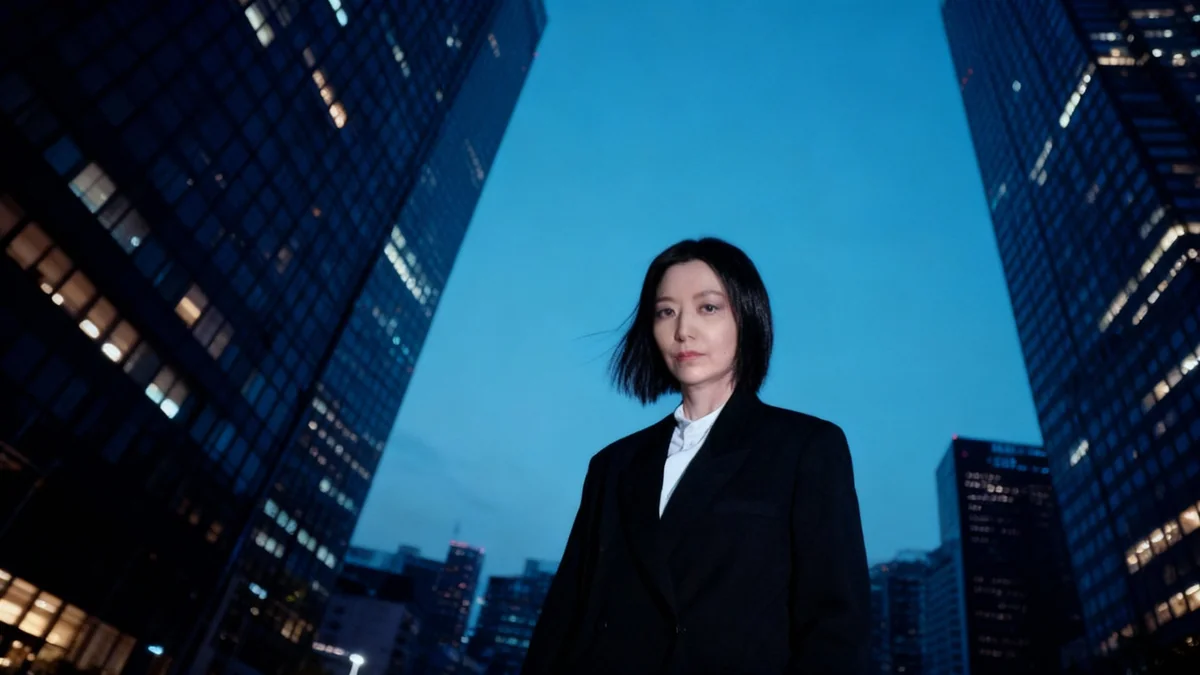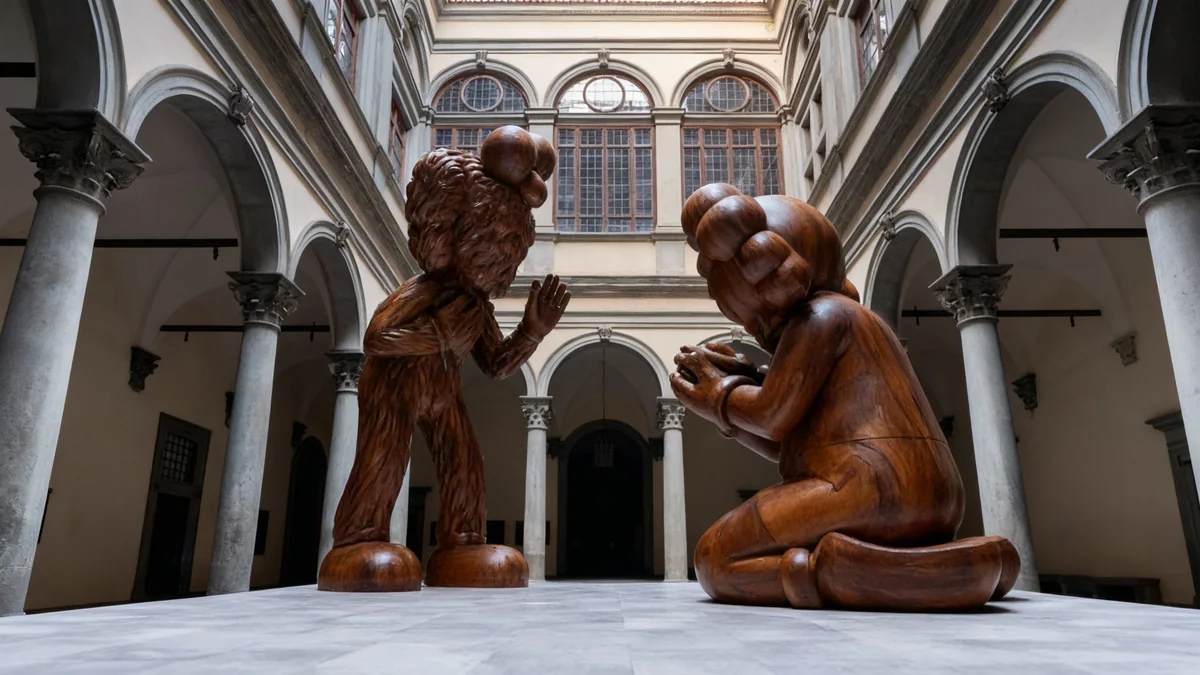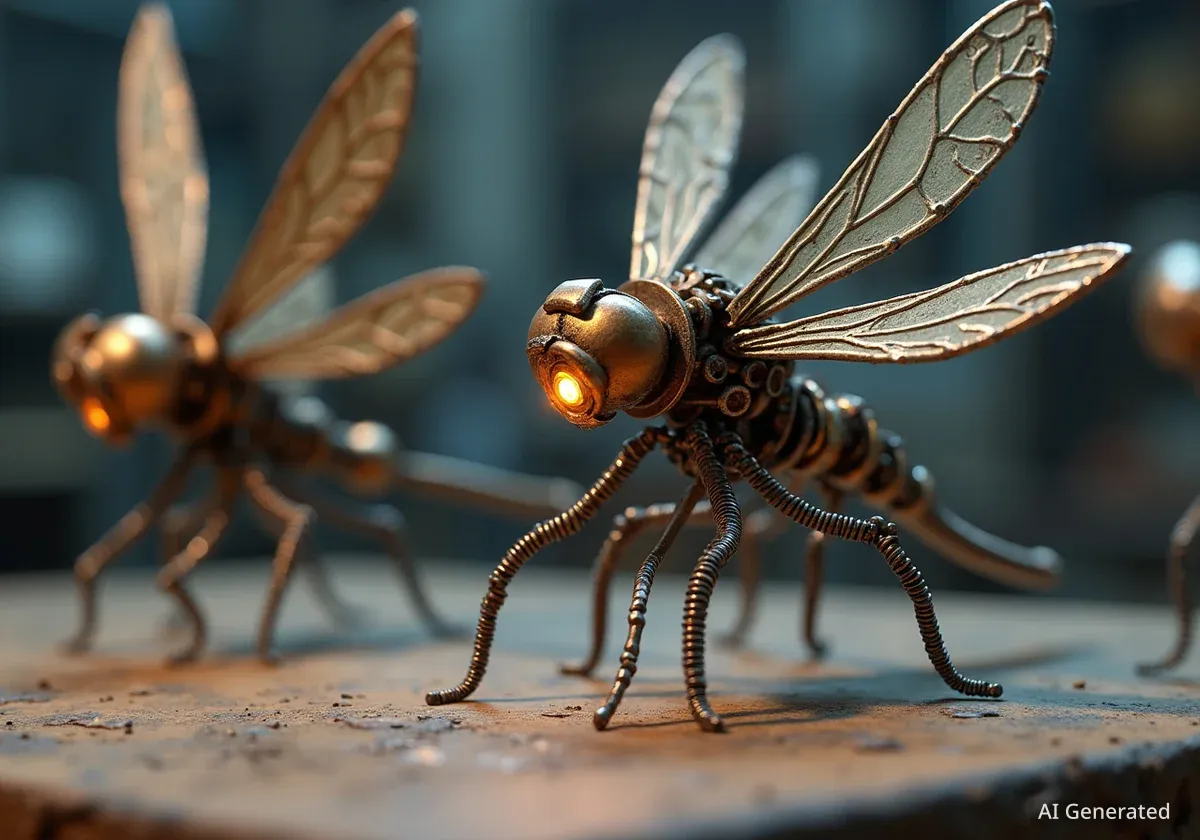Artificial intelligence is rapidly reshaping the photography industry, fundamentally altering several key specializations. While debates about AI's artistic merit continue, many traditional photography roles are already seeing significant disruption due to automation. This shift requires photographers to adapt their skills and business models to remain competitive.
Key Takeaways
- Bulk corporate headshot photography is largely automated, with AI offering cost-effective and consistent results.
- E-commerce product photography is increasingly handled by AI, which generates high-quality images quickly and affordably.
- Stock photography faces severe challenges as AI can produce custom, copyright-free images instantly.
- Basic photo retouching tasks are now automated by AI-driven software, reducing the need for human retouchers.
- Fashion catalog and lookbook photography are being revolutionized by AI-generated models and clothing visuals, impacting entire production crews.
The Disruption of Corporate Headshots
Corporate headshot photography, once a reliable source of income, is undergoing a dramatic transformation. Businesses increasingly opt for AI-generated portraits over traditional human photographers. This change is driven by significant cost savings and logistical efficiencies.
Traditional photographers typically charge between $100 and $200 per headshot, covering their time, equipment, travel, and post-production. In contrast, AI services offer professional-looking portraits for $29 to $49 per individual. These AI solutions provide unlimited revisions and eliminate scheduling complexities.
Cost Comparison
- Traditional Photography: $100-$200 per headshot
- AI Services: $29-$49 per headshot
For a mid-sized company with 500 employees, the difference is substantial. A conventional shoot could cost around $50,000, while AI services might total approximately $15,000. Beyond cost, AI platforms offer flexibility. Employees can update their headshots in minutes when their appearance changes, without waiting for the next scheduled session.
Early concerns about AI headshot quality, often described as having an "uncanny valley" effect, are diminishing. AI technology has advanced significantly. Corporations prioritize consistent, professional images for websites and LinkedIn profiles, not artistic expression. AI excels at delivering this standardization, ensuring uniform lighting, backgrounds, and presentation across all employee photos.
Survival Strategies for Headshot Photographers
Photographers whose income relies heavily on corporate headshots must adapt. One approach is to move into high-end executive portraiture for annual reports and marketing materials, where brand storytelling and prestige are paramount. These assignments still require human expertise.
Another strategy involves expanding into comprehensive personal branding photography. This means offering full packages that include lifestyle imagery, environmental portraits, and candid moments, providing executives and entrepreneurs with diverse content for their online presence.
"Companies are discovering that 'sufficiently good' perfectly meets their requirements. They're not seeking artistry. They want standardization. AI delivers precisely this."
The Shifting Definition of 'Professional'
For many corporate applications, the definition of a "professional" headshot has evolved from requiring unique artistic flair to demanding consistency and efficiency. This shift plays directly into the strengths of AI, which can replicate desired aesthetics with precision across large datasets.
The Automation of E-Commerce Product Photography
The e-commerce sector is also experiencing rapid automation in product photography. Companies are generating photorealistic product images without needing studio facilities, specialized lighting, or extensive post-production. This development significantly reduces costs and accelerates time-to-market for online retailers.
Products are particularly susceptible to AI automation because they lack emotional expression or unpredictable movement. AI can mathematically optimize lighting and angles, creating unlimited variations without the need for reshoots. This eliminates concerns about model releases, location fees, or weather conditions.
Automated commercial studios already exist. A product, such as a watch or a fragrance bottle, can be placed into a system that generates images with various backgrounds in minutes. A watch can appear on a marble countertop, in a misty forest, or on a yacht deck at sunset, all generated digitally.
Adapting to Change in Product Photography
To survive, product photographers can specialize in complex items like reflective surfaces, transparent materials, or intricate mechanisms that still benefit from human expertise. High-end watches or crystal glassware are examples.
Another path is lifestyle photography, capturing products in use by actual people in authentic environments. While AI can create isolated product shots, generating believable images of someone wearing a jacket while hiking in Patagonia, complete with realistic lighting and body language, remains a challenge for AI.
Embracing hybrid workflows is also crucial. Photographers can learn AI tools to offer clients background variations, instant mockups, or the ability to preview products in different environments before a final shoot. This positions them as innovators who leverage technology.
The Demise of Generic Stock Photography
The stock photography market, once a source of passive income for many photographers, is now largely obsolete. The ability of machine learning systems to produce precise, copyright-free images matching any description within seconds has eliminated the need for generic stock photos.
Designers who once spent minutes searching stock sites and paying for licenses can now type a descriptive phrase into an AI generator like Midjourney or DALL-E. They receive multiple perfect options in less than a minute, at little to no cost. This bypasses the traditional licensing model entirely.
Stock photography's main vulnerability is its generic nature, precisely where AI excels. AI can generate countless variations of common themes like "happy family eating breakfast" without fatigue or additional cost. This infinite, customizable supply has catastrophically impacted traditional stock photographers.
Impact on Stock Photo Licensing
- Traditional License: $10-$200
- AI-Generated Equivalent: $0-$20 (often with full commercial rights and infinite customization)
New Avenues for Stock Photographers
Survival in this sector requires a shift towards editorial stock photography, focusing on real events, people, and moments that demand authenticity and verification. This includes news events, cultural moments, and genuine human experiences that AI cannot fabricate.
Photographers can also target ultra-niche subjects where training AI is not economically viable. Examples include rare medical conditions, obscure industrial processes, or specialized scientific equipment. For many, accepting that stock photography as a primary income source is no longer viable may be the most pragmatic approach.
The Automation of Basic Photo Retouching
The role of a retoucher performing basic tasks like blemish removal, skin smoothing, color adjustment, or background swaps is increasingly at risk. Machine-learning-driven editing programs have automated these fundamental retouching abilities.
Tools like Photoshop's Generative Fill can remove objects or extend images with complex patterns, tasks that previously required hours of skilled human work. Backgrounds can be changed instantly with realistic lighting adjustments. Batch processing thousands of images with consistent styles is now simpler than ever.
AI can automate color grading, expand images beyond their original boundaries with believable content, replace objects, change clothing, and even alter poses. If a retouching process can be written down as a series of consistent steps, AI can execute it efficiently.
Evolving as a Retoucher
Retouchers must specialize dramatically, focusing exclusively on complex, high-paying assignments that require artistic interpretation, subjective judgment, or a deep understanding of client psychology. This includes high-end beauty and fashion retouching for major publications or restoration work requiring historical research.
Another option is to transition from a retoucher to a creative director. This involves learning to manage AI tools for basic work while providing the artistic vision, judgment, and refinement that AI currently lacks. The career timeline for basic retouching is limited, with many roles expected to vanish within two to five years.
"If you can write down your retouching process as a series of steps followed consistently, AI can do it. If your work requires artistic interpretation, subjective judgment, or deep understanding of client psychology, you have more time."
The Revolution in Fashion Catalog Photography
Fashion catalog and lookbook photography is experiencing one of the most profound disruptions. Synthetically produced models and clothing visuals are eliminating the need for entire production crews, including models, makeup artists, hair stylists, wardrobe stylists, and assistants.
Companies can now generate complete seasonal collections with adjustable digital models in lifelike environments. This allows fashion brands to create high-quality images without traditional photoshoots, significantly reducing costs and production time. An e-commerce company might hire one model and digitally transform them into 20 different genders, skin tones, or hair types.
Cost and Time Savings in Fashion Photography
- Traditional Catalog Shoot: $10,000-$50,000 per day
- AI Catalog Generation: $500-$2,000 for an entire season
- Time: Weeks of traditional shooting vs. days of AI generation
The economic implications are devastating for those in the field. Basic catalog photography, especially white-background product shots and size-range photography, is highly susceptible to automation. Mid-market fashion brands, selling products in the $50-$500 range, have little incentive to hire human photographers for these tasks when AI offers cheaper, faster, and more diverse alternatives.
Strategies for Fashion Photographers
Fashion photographers can pivot to editorial fashion, focusing on storytelling, artistic vision, and creative direction rather than mere product documentation. Shooting for publications and building portfolios that demonstrate narrative and emotional depth are key.
Another approach is to focus exclusively on prestige brands. Luxury fashion houses may continue to employ human photographers for campaigns, where the prestige of famous photographers contributes to brand value. Lastly, pivoting to video content is an option, as AI video generation is not yet as advanced as static imagery.
The uncomfortable truth is that when commercial photoshoots become text-to-image generation, the entire production ecosystem—models, stylists, producers, assistants—becomes largely unnecessary. This is not pessimism, but a reflection of the economic realities and technological capabilities.
Photography Careers That Remain Resilient
Not all photography careers face imminent threat. Roles that depend on genuine human interaction, artistic interpretation, and narrative construction present significant challenges for AI replication. Jobs demanding emotional intelligence, adaptability, and artistic flair are relatively safe.
These include wedding photography, where capturing irreplaceable human moments and emotional connections is paramount. Photojournalism, which requires truth, verification, and witnessing actual events, also remains resilient. Documentary photography focused on cultural preservation and authentic storytelling is another secure area.
High-end portrait photography that captures personality and psychological depth, sports photography requiring split-second timing, and wildlife photography demanding field expertise and authentic moments are also less susceptible to AI. Fine art photography, driven by unique artistic vision, and editorial fashion photography focused on creative storytelling are also expected to endure.
The Human Element
The common thread among resilient photography careers is the irreplaceable human element. Whether it's the emotional connection at a wedding, the verifiable truth of a news event, or the unique artistic vision of a fine art piece, these aspects are difficult for algorithms to replicate convincingly.
The Path Forward for Photographers
AI and automation will profoundly impact many photography jobs over the next decade. Photographers who succeed will be specialists who adapt early and carve out niches where human creativity, judgment, and presence remain essential. Generalists or those hoping for a return to old norms will struggle.
An honest assessment of current income sources is the first step. Photographers must identify what percentage of their work AI can already do or will soon be able to do. Diversifying skills into AI-resistant specialties and transitioning portfolios towards work that requires human elements are crucial.
Embracing AI tools as enhancements rather than adversaries is also vital. Learning to use AI to augment creative workflows can provide a competitive edge. For those whose primary income is heavily at risk, planning an exit strategy and building a new career path is a necessary consideration.
The photographers who thrive will be those who anticipate changes, adapt proactively, and establish new spaces where human connection, artistic judgment, and authentic experiences cannot be replicated by algorithms. The industry is transforming; the question is whether individual careers will transform with it.




